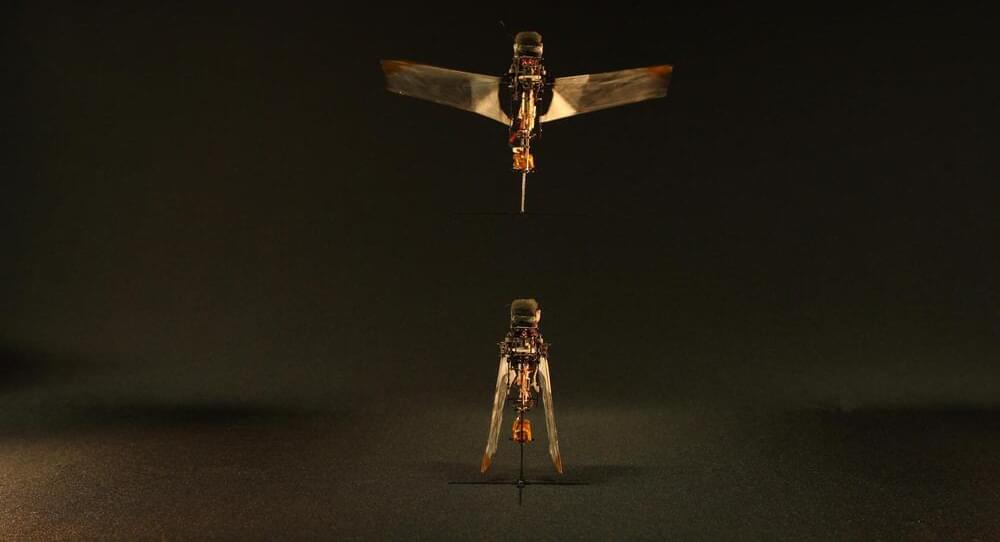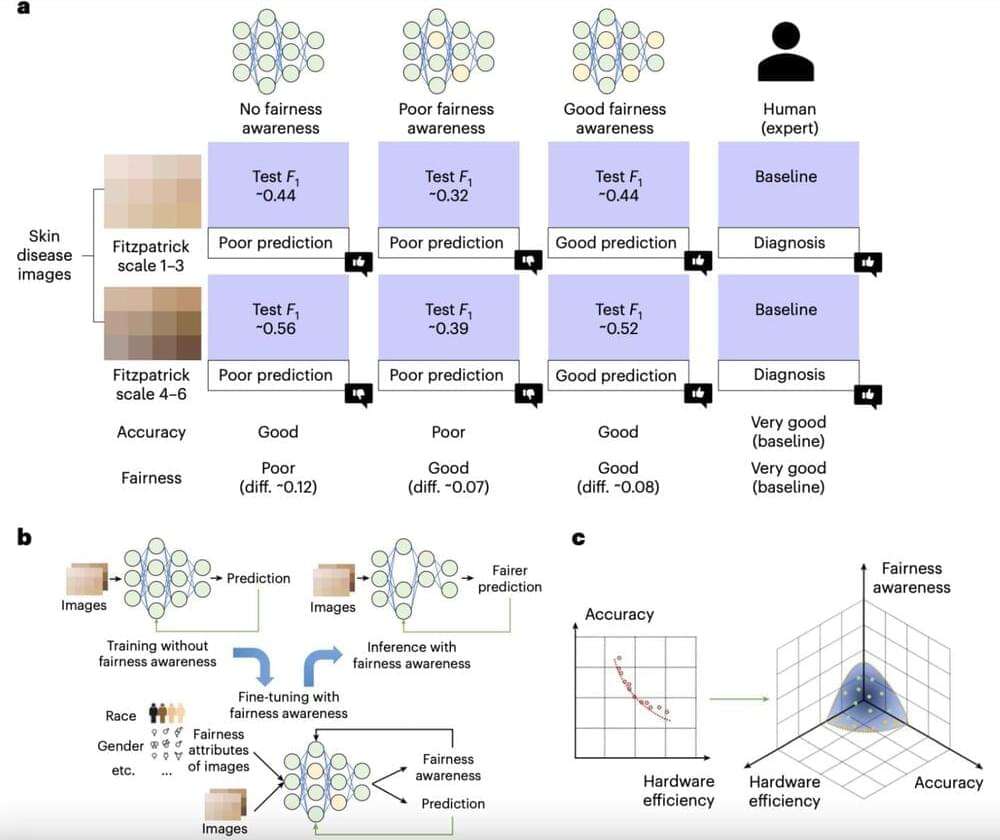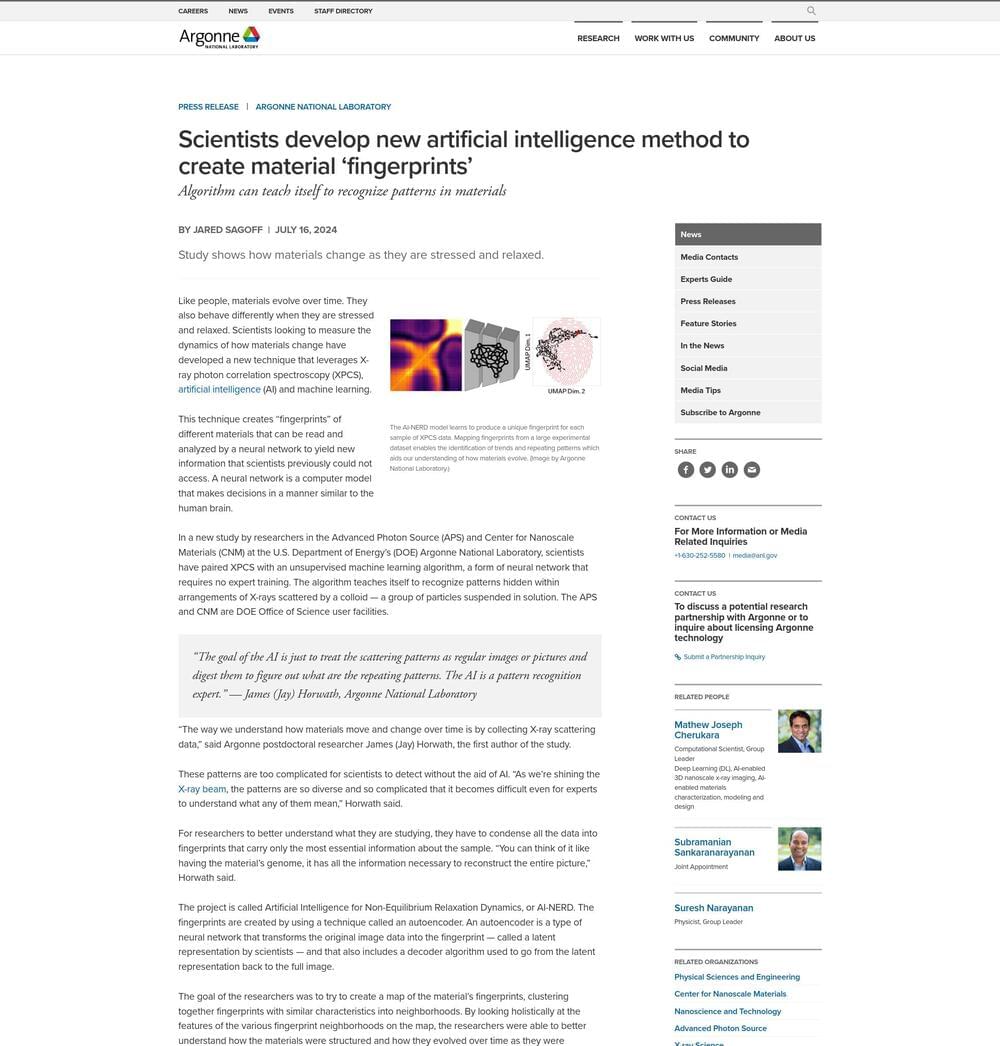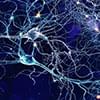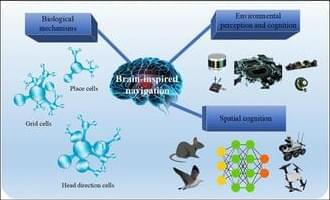The wing dynamics of flying animal species have been the inspiration for numerous flying robotic systems. While birds and bats typically flap their wings using the force produced by their pectoral and wing muscles, the processes underlying the wing movements of many insects remain poorly understood.
Researchers at Ecole Polytechnique Fédérale de Lausanne (EPFL, Switzerland) and Konkuk University (South Korea) recently set out to explore how herbivorous insects known as rhinoceros beetles deploy and retract their wings. The insight they gathered, outlined in a paper published in Nature, was then used to develop a new flapping microrobot that can passively deploy and retract its wings, without the need for extensive actuators.
“Insects, including beetles, are theoretically believed to use thoracic muscles to actively deploy and retract their wings at the wing bases, similarly to birds and bats,” Hoang-Vu Phan, the lead author of the paper, told Tech Xplore. “However, methods of recording or monitoring muscular activity still cannot determine which muscles beetles use to deploy and retract their wings nor explain how they do so.”
